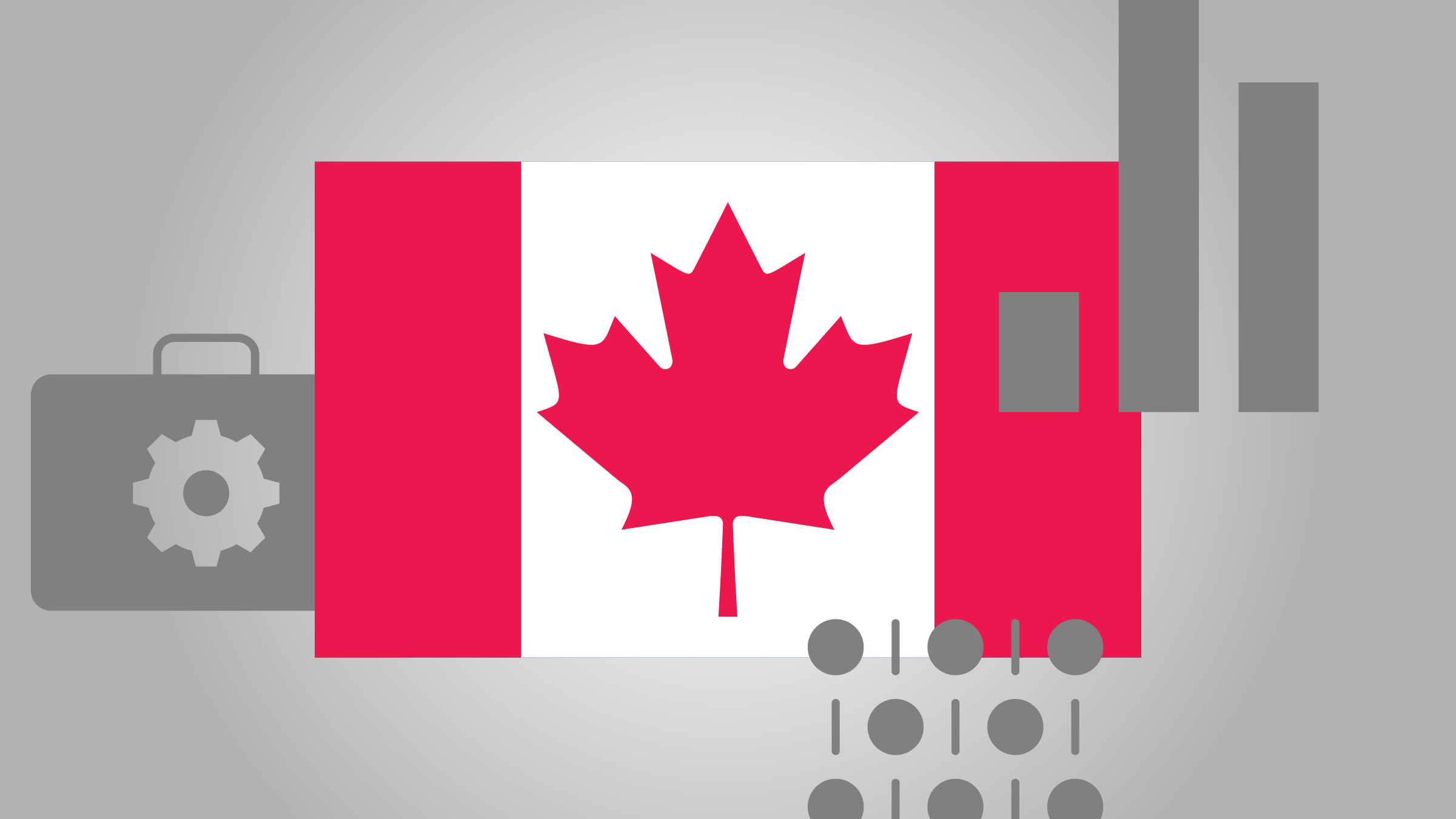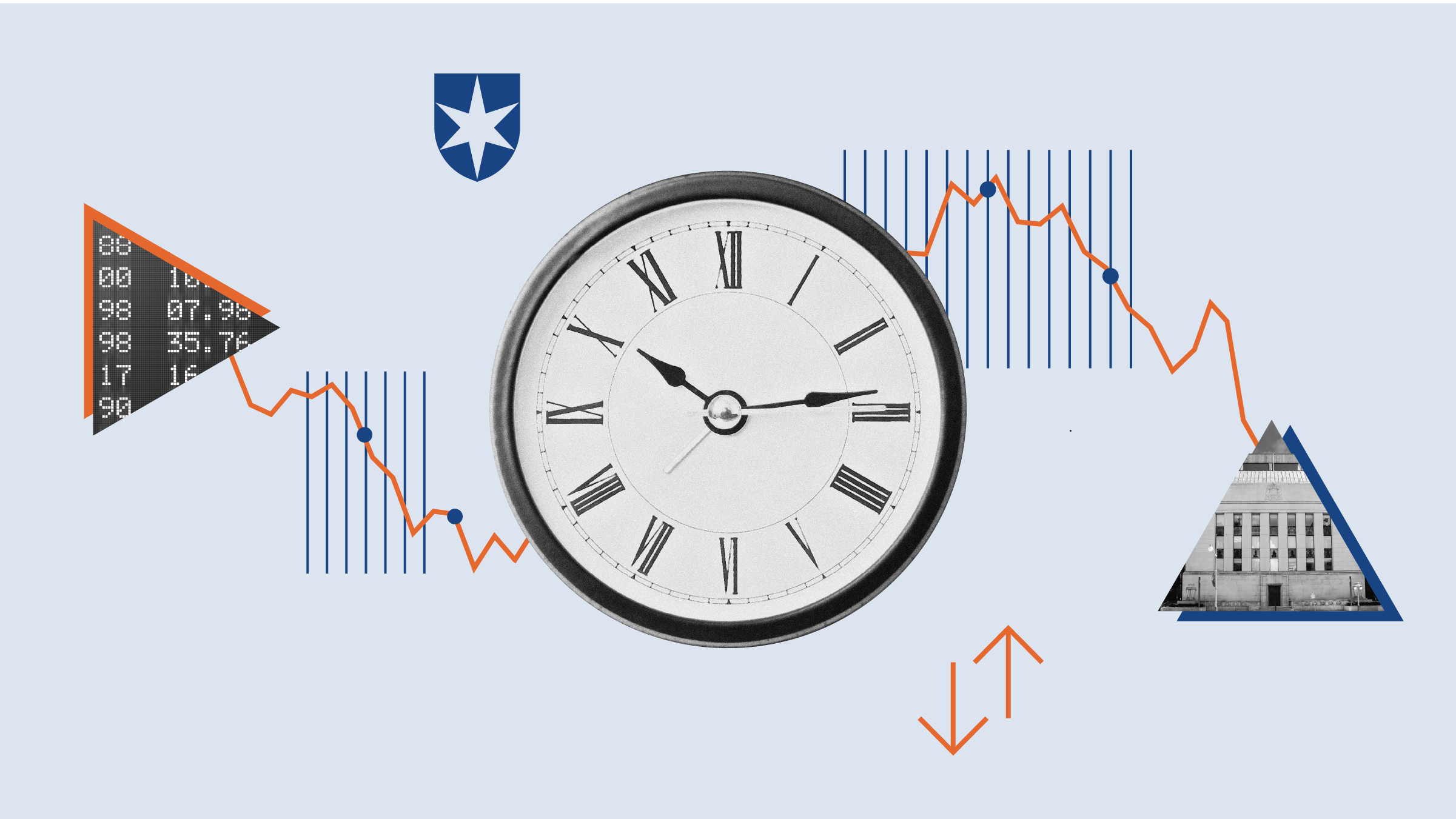See more episodes of Quant Concepts here
Emily Halverson-Duncan: Welcome to Quant Concepts, virtual office edition. Amidst the COVID-19 global pandemic investors have seen a lot of fluctuations in their investment portfolios. All this can be difficult to stomach there's a lot of evidence to support staying invested in the market over the long term. However, with all the uncertainty surrounding how long social distancing, business closures and other COVID related measures may last, now may be a good time to ensure your portfolio is adequately set up for any possible market volatility going forward.
Today's strategy is going to search for stocks poised to do well in downmarkets within the CPMS U.S. universe. So let's take a look at how to build that. So first off, we're going to rank our universe of stocks, which in the U.S. and CPMS is 2,091 stocks as of today. In our ranking step we're going to order that universe of stocks in an order of preference and the factors that we're going to use to do that are five-year beta versus the S&P 500 index. Beta looks at how sensitive a stock is compared to the index, so lower values for that are considered better. Industry relative earnings per share variability relative to the industry median, again, you're looking for lower values on that. Total returns standard deviation across the last three years, that looks at a company's returns across the last three-year time period and how volatile those returns are. And lastly, five-year normalized cash flow growth looks at how much cash a company -- how much they're growing their cash flow on hand over the last five years.
Once we've ordered our universe, we're going to go ahead and rank or screen out the stocks that we don't want to own. So first off, our first screen is going to be five-year beta, we want that to be less than or equal to 0.8. So a value of 1 indicates that you're sensitive as the market so when we're less than or equal to 0.8, we're really trying to limit that sensitivity. Standard deviation of five-year return on equity, we want that to be in the bottom 50% of peers, which in this case is 3.1% or lower. Market cap, we want to be in the top half of peers, which today has a value of about $22 billion or higher. The reason for that is we're just trying to eliminate those really small cap stocks that may be more volatile, we may not have as much information about. Long term debt to equity, we want that ratio to be less than 1.1 reason for doing that is to limit the amount of debt that a company has. And then lastly, that five-year cash flow growth, we want that to have a positive value.
On the sell side, we're going to sell stocks if that five-year beta goes above 1.2. If the long term debt to equity goes above 1.3, so if they're taking on additional debt, and lastly, if that five-year cash flow growth falls below negative five, meaning that their cash flow over the last five years has been declining, minus 5% or more. Once that's all done, we went ahead and ran the backtest. And just taking a look at the results here, we can see across the time period, which in this case was January 2005 until March 2020. Strategy did 9.8% which was an outperformance in a benchmark of about 2.3. So these aren't drastic returns per se, but what we want to look at is the volatility. And we can see here, downside deviation, which measures the volatility of negative returns for the strategy was 7.6% and for the benchmark was 10.1. So you can see a pretty clear indication that in downmarkets, this model tends to be doing better.
The other thing that we can look at is how the model did in 2008, and use that as a proxy to see if it would outperform in downmarkets. So jumping here, I can see that the S&P 500 in 2008 returned minus 37% while this model returned minus 16.57%. So there's a very, very clear almost half as much negativity for the model compared to the benchmark. So that looks really good, but some people might be concerned because in the year following when the markets did really well, you can see the S&P 500 goes up about 26.5%. The model was only up 14.46%. So some people may look at that and say, well, that's not very good. I want a model that does more than that, in upmarkets that's outperforming the market. But sometimes it's worth considering the value of protecting on the downside.
So if you look over here, we're going to consider a little case where we are comparing the S&P 500 to this model, investing $100,000 at the beginning of 2008 into each model, and looking where we are at the end of 2009. So we had one really bad year, one really good year, where do we stand? So at the end of 2008, not surprisingly, the S&P 500 is down considerably to about $63,000. So that's about minus 37%. While the low vol strategy is down only to about 83, almost $83,500, so significantly better in that downmarket. The following year, though, where the model does a lot not as well as the benchmark when it's going up. We end 2009 with the S&P 500 up to $79,669. So it's recouped some of those losses, but the low vol strategy is almost back to even just over $95,000.
So, even though it had such a small or a smaller uprising in 2009, the cumulative outperformance in 2008 and the fact that you are starting with a higher base at the beginning of 2009 actually resulted in much stronger outperformance across that two-year time span. So looking at upmarkets isn't necessarily the most important thing. All that's to say take a look at your portfolio. Make sure you're set up well for downside protection. If you're not, maybe revisit things and see if there's any tweaks that you can make.
From Morningstar, I'm Emily Halverson-Duncan.


















